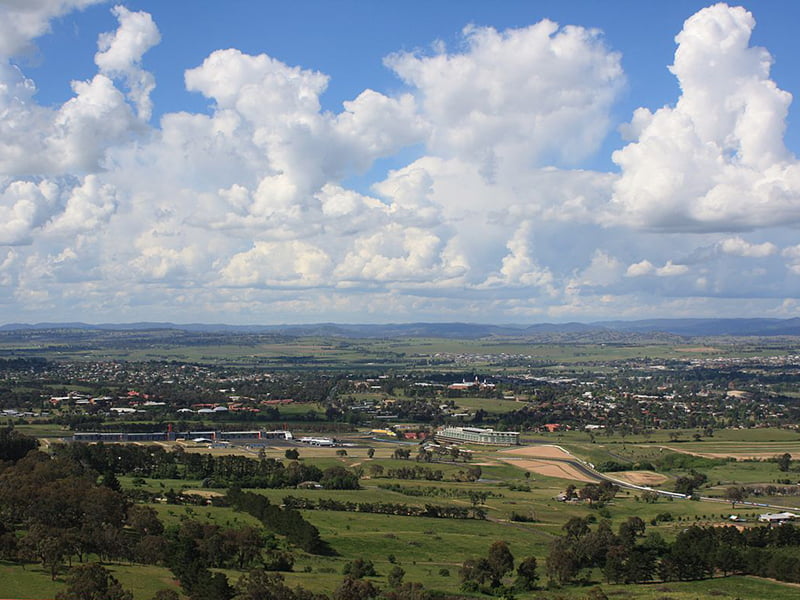There has been a shocking number of research reports and reviews aimed at improving the performance of rural R&D and boosting regional innovation ecosystems more generally.
If the challenges and opportunities for squeezing better returns from rural innovation are not already well known by now across all levels of government, it is difficult to grasp how.
Everybody loves rural and regional Australia because it’s so hot, especially around election time. The mere thought of improving regional economies through “innovation” is very attractive indeed.

And so it must be studied and reviewed. Over and over.
Agriculture Minister David Littleproud has taken delivery of two reports on rural R&D issues in the past year alone, including a $2.3 million, three-month engagement with multinational consulting giant Ernst & Young.
This seems an extraordinary amount of money to pay EY for a program of work that covered just a few short months. It is probably too confrontational in ‘matey’ Australia to suggest it probably doesn’t hurt that the lead partner at EY for the federal government is Andrew Metcalfe, a former Secretary to the Department of Agriculture.
Regardless, the EY ‘Agricultural Innovation – A National Approach to Grow Australia’s Future’ report does not appear to break any new ground. Its themes and recommendations are well travelled by previous reports (only a summary report has so far been released, so maybe the deeper insights are elsewhere.)
The other report handed to the agriculture department in mid-2018 was Howard Partners’ Performance Review of the Rural Innovation System. For reasons that are unknown, this 200-page report has not been published by the department.
It is certainly worth noting that both of these reports had plenty of previous reports to draw on for inspiration. In fact there have been no less than 13 reports on some variant of rural and regional innovation – primarily food and agriculture – since 2015. That’s thirteen reports since 2015.
Without wishing to labour the point, there were six substantial research reports compiled and written in 2017 alone. These included:
The Decadal Plan for Australian Agricultural Sciences by the Australian Academy of Sciences, 2017.
Food and Agribusiness: A Roadmap for Unlocking Value-Added Growth Opportunities for Australia, CSIRO Futures, 2017
Food and Agribusiness Growth Centre, Sector Competitiveness Plan, Food Innovation Australia Ltd, 2017 (and revised 2019)
Investment Opportunities in Australian Business and Food, Austrade 2017
Rural research, development and extension investment in Australia, ABARES 2017
Cross RDC Collaboration Investment Report, Council of Rural Research and Development Corporations
So there is a lot to draw on. In fact, the Howard Partners report provides useful summaries of many previous reports on rural and regional innovation, going all the way back to the Supermarket to Asia Strategy of 1996.
It is worth noting that these substantial reports are all produced from a national perspective. There are many more that have been undertaken by the states and territories.
There are several common threads in the various research, and it is well articulated by Howard Partners. Rural industries are highly fragmented and siloed, and regional governance remains hotly contested, not just between jurisdictions but also between bureaucratic siloes within each jurisdiction.
What cannot be argued is the importance of regional economies to the national economy. The better we perform in rural and regional industries, the better the national economy performs (and the better regional cities and towns and rural communities fair as well.)
Consider that the agriculture, forestry and fishing component of Australia’s regional economy make up 2.3 per cent of GDP. Agricultural exports make-up 5.6 per cent of total exports, but when combined with food processing the proportion moves to 11.7 per cent.
There is a point here and that is that ‘innovation’ and performance improvements need to track the whole rural and regional system. The politics seems to be all about food production and farmers, which is all very well, but its only one part of a whole system.
That includes upstream and downstream opportunities, it includes science investment and regional innovation hubs, it includes what Howard Partners calls the “biologically derived economy” and all that entails, from land and water management, finance and risk management, rural health and all the rest.
Do you know more? Contact James Riley via Email.

